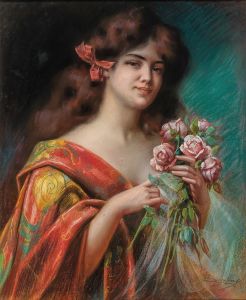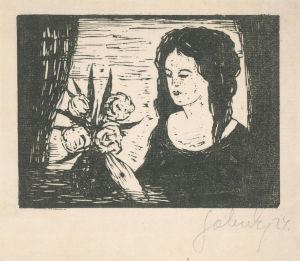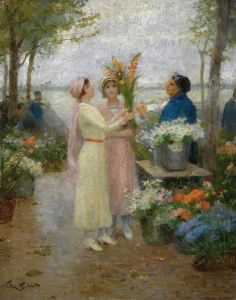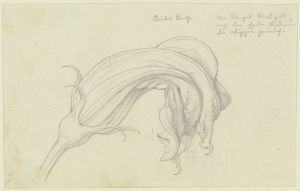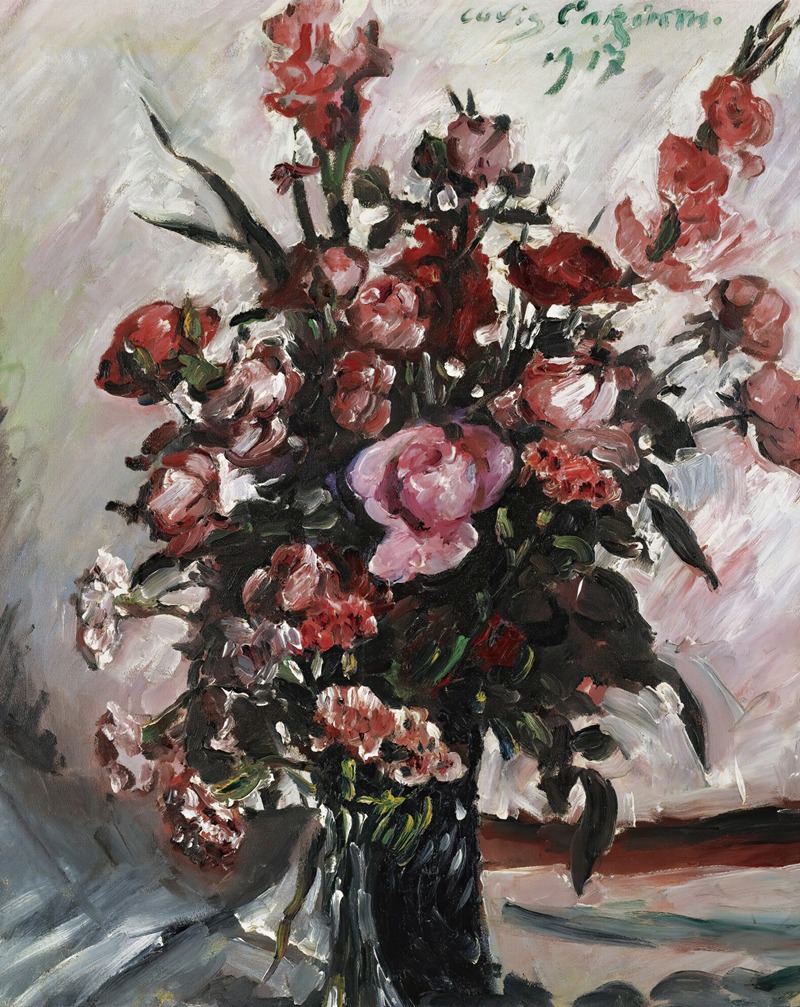
Rosa Rosen
A hand-painted replica of Lovis Corinth’s masterpiece Rosa Rosen, meticulously crafted by professional artists to capture the true essence of the original. Each piece is created with museum-quality canvas and rare mineral pigments, carefully painted by experienced artists with delicate brushstrokes and rich, layered colors to perfectly recreate the texture of the original artwork. Unlike machine-printed reproductions, this hand-painted version brings the painting to life, infused with the artist’s emotions and skill in every stroke. Whether for personal collection or home decoration, it instantly elevates the artistic atmosphere of any space.
Rosa Rosen by Lovis Corinth is a painting created by the German artist Lovis Corinth, a prominent figure in the late 19th and early 20th-century art movements. Corinth is widely recognized for his contributions to Impressionism and later Expressionism, blending vibrant colors and dynamic brushwork in his works. Rosa Rosen, like many of Corinth's paintings, reflects his mastery of capturing human emotion and the interplay of light and texture.
The painting depicts a woman named Rosa Rosen, though little is known about her identity or her relationship with the artist. It is unclear whether she was a professional model, a personal acquaintance, or someone from Corinth's social circle. The artwork showcases Corinth's characteristic style, with loose, expressive brushstrokes and a focus on the sitter's individuality. The use of color and light in the painting highlights Corinth's ability to convey depth and atmosphere, creating a vivid and lifelike portrayal.
Lovis Corinth was born on July 21, 1858, in Tapiau, East Prussia (now Gvardeysk, Russia), and studied art in Königsberg, Munich, and Paris. He became a leading figure in the Berlin Secession, an art movement that sought to challenge traditional academic art and promote modernist approaches. Corinth's career spanned several decades, during which he produced a wide range of works, including portraits, landscapes, and historical scenes.
Rosa Rosen is believed to have been painted during Corinth's mature period, a time when his style had evolved to incorporate more expressive and emotional elements. This period followed a significant personal event in 1911, when Corinth suffered a stroke that temporarily impaired his ability to paint. Despite this setback, he adapted his technique and continued to produce powerful and innovative works until his death in 1925.
The painting is part of Corinth's extensive body of work, which is celebrated for its technical skill and emotional depth. Today, his paintings are held in major museums and private collections worldwide, though specific details about the current location or ownership of Rosa Rosen are not readily available.
As with many of Corinth's portraits, Rosa Rosen offers a glimpse into the artist's ability to capture the essence of his subjects while pushing the boundaries of traditional portraiture. The painting remains an example of Corinth's enduring influence on modern art and his role in shaping the transition from Impressionism to Expressionism.





